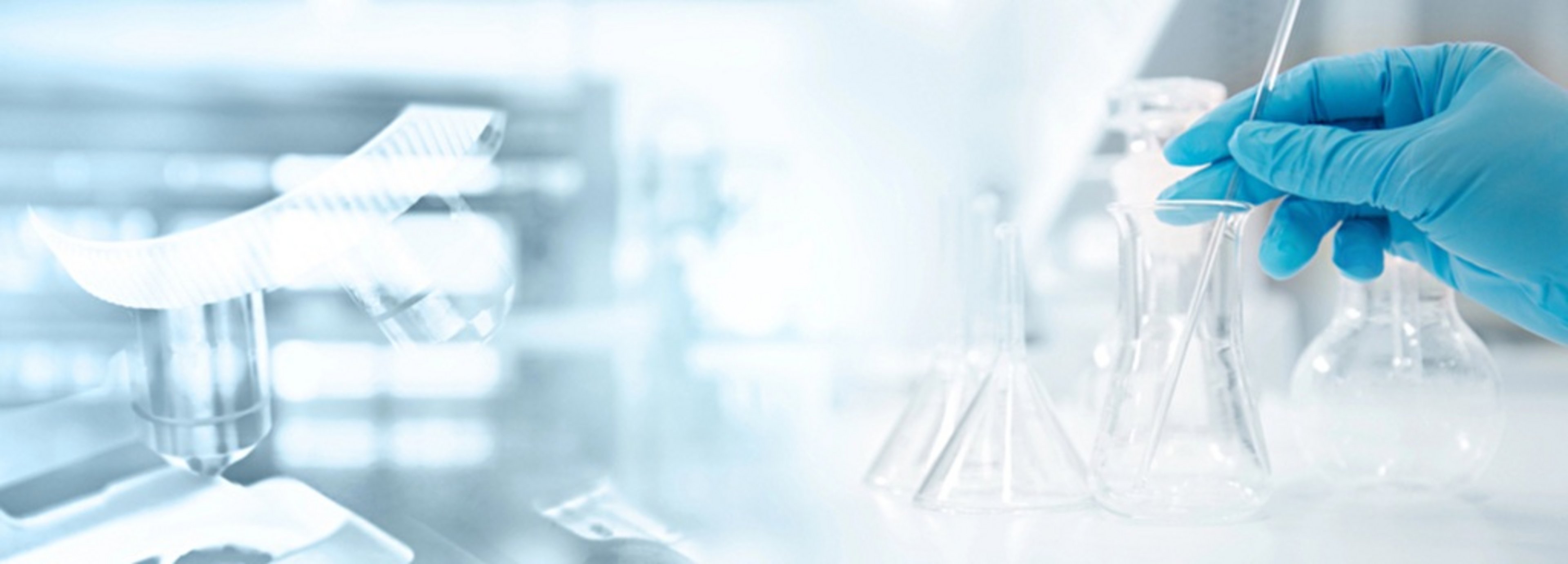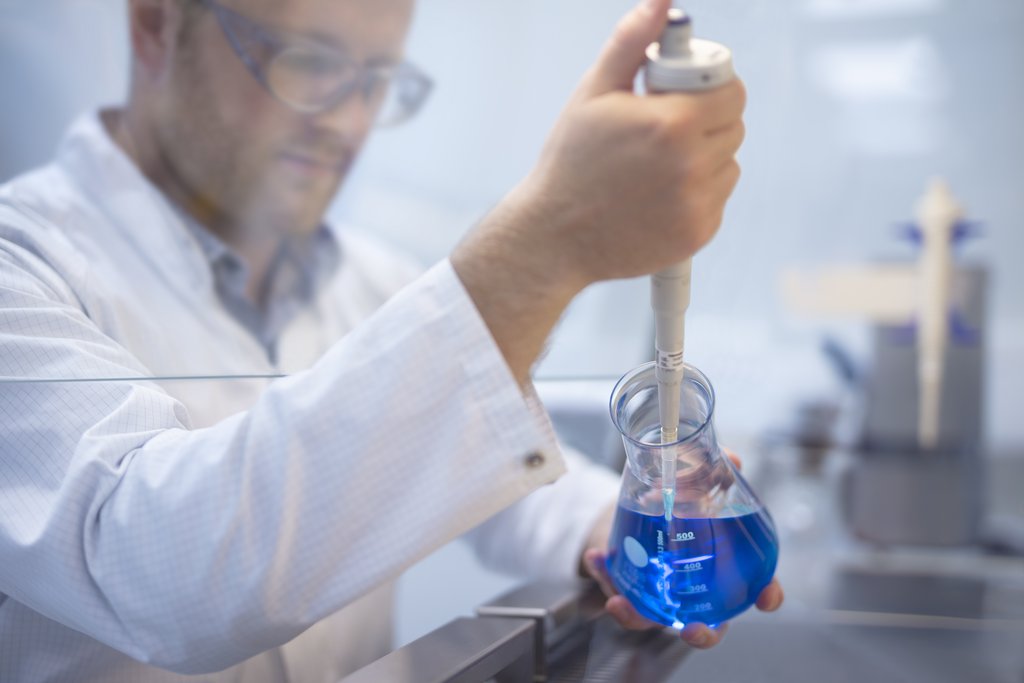How can unknown substances be identified?
The identification of unknown substances in complex samples is one of the greatest challenges in analytical chemistry. Liquid chromatography coupled with high-resolution mass spectrometry (LC-HRMS) is a powerful method for identifying known substances at very low concentrations. Very low detection limits can often be achieved with this method. However, so-called non-target screening (NTS) represents a major challenge for LC-HRMS.
Methodology
Sample preparation:
No great effort is required for sample preparation for LC-HRMS. By evaporating the solvent, low concentrations in the extract can be specifically increased.Chromatographic separation:
Liquid chromatography (LC) separates analytes based on their chemical properties. The choice of mobile phase and stationary phase is decisive for the separation performance and sensitivity of the method.Mass spectrometric detection:
High-resolution mass spectrometry (HRMS) enables the precise determination of masses per charge ratio. These can in turn be used to determine the molecular mass.
Non-target screening (NTS)
The NTS forms the basis for the identification of unknown substances. It comprises the recording of all detectable signals in a sample and the subsequent data analysis to identify potential analytes based on the comparison with databases and legal requirements.
The main steps include
- Data acquisition:
Acquisition of MS and MS/MS data for all detectable compounds.
- Data processing:
Use of software tools for extracting and filtering relevant signals.
- Database synchronization:
A comparison with general databases is often not possible with LC-HRMS. To improve identification, it is therefore important to create your own databases with frequently occurring extractables and leachables.
Challenges
The identification of unknown substances using LC/HRMS is associated with several challenges:
Data complexity:
Large amounts of data: LC/HRMS generates an enormous amount of data, as each sample contains numerous signals and peaks. Processing and interpreting this data requires powerful software and experienced analysts.
Signal overlay: In complex samples, signals from different substances can overlap, which makes identification more difficult.
Data quality:
Blank values: High-resolution systems are sensitive to contamination. Even minor impurities in chemicals and materials can generate signals that distort the analysis. Similarly, the smallest impurities caused by the method itself (e.g. during extraction) can generate strong background noise. A particularly careful working method is therefore essential.
Purity of the materials: Differences in the purity of vials, analytical columns and the mobile phase can influence the quality of the results. Therefore, all materials used should be of MS quality.
Databases and reference materials:
Incomplete databases: The identification of unknown substances requires extensive and well-maintained databases. However, these databases are often incomplete or do not contain all possible compounds.
Missing reference materials: For many unknown substances there are no commercially available reference materials, which makes it difficult to confirm the identity.
Method development:
Optimization of the separation conditions: The choice of mobile and stationary phase as well as the optimization of the gradient are decisive for the separation performance and sensitivity of the method.
Interpretation of the results:
False-positive results: The large number of signals can lead to false-positive results. These must be minimized by additional analyses and comparison with blank values.
Conclusion
The identification of unknown substances using LC/HRMS is a promising method that is being continuously developed. By using NTS, scientists can identify a wide range of compounds in complex samples.
The LC-HRMS technique is used in various fields, including environmental analysis, food control and clinical diagnostics. Despite its power, there are challenges, such as the complexity of data analysis and the need for robust databases.
Newsletter registration




